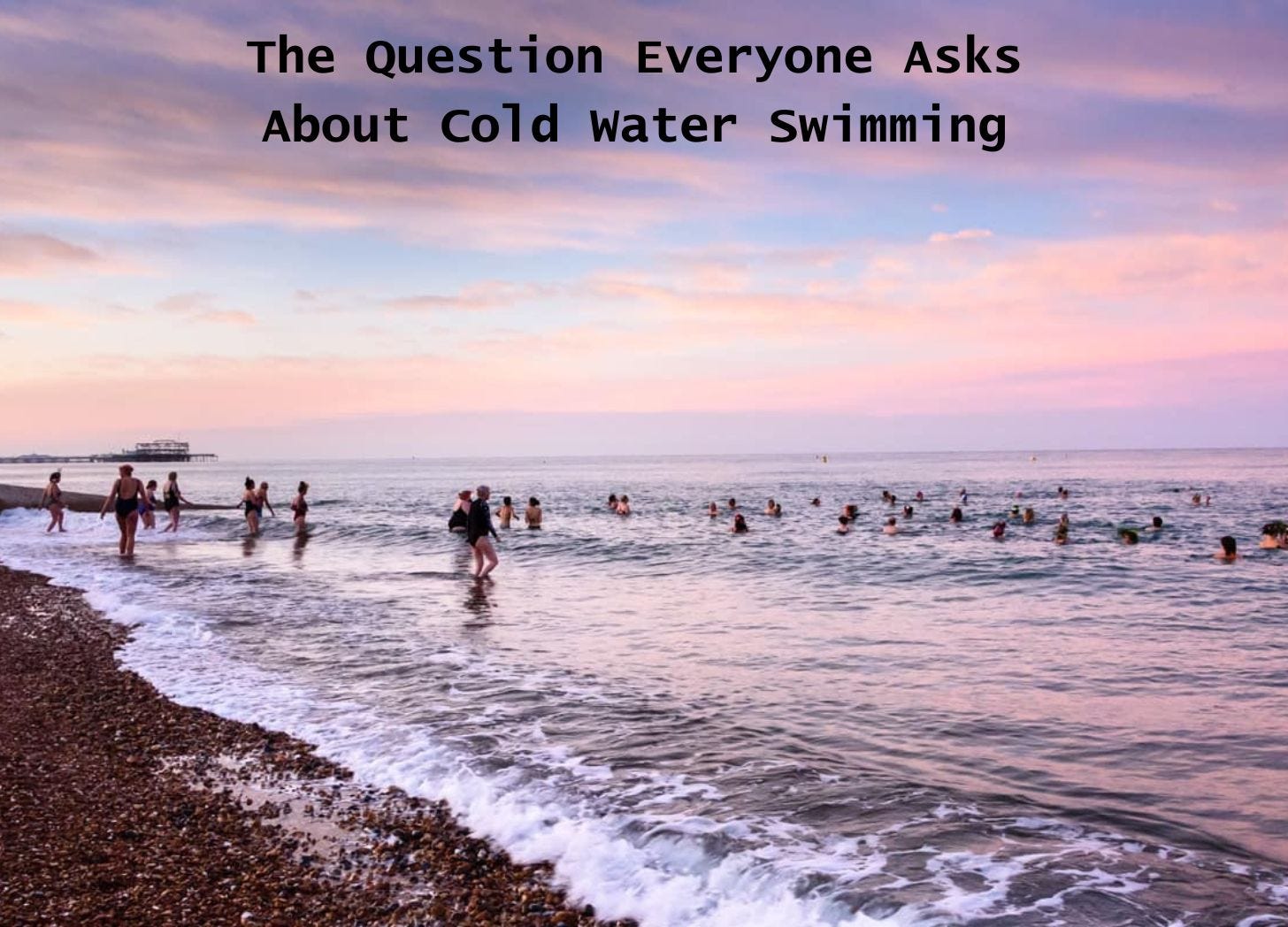The question everyone asks about Cold Water Swimming
People always ask me how cold the water is. And my answer is I don’t know. But I do know how cold I feel and that’s how I make safe swim choices.
Some people ask how to acclimatise to cold water swimming. Others ask how to warm up afterwards and beat the after drop. There are lots of technical questions about various pieces of kit, where it is safe to swim and how long you should stay in for. Cold water Swimming is of the moment and there are lots of people taking to the water to improve their mental and physical health. BUT the question that is ALWAYS asked without fail is “What’s the water temperature?”
And do you know what? I have no bloody idea and I don’t bloomin’ care. For non sea swimmers I’m intrigued to know why they want to know – do they measure my hardiness by water temperature? For fellow year round swimmers I hope they are not asking to time how long they intend to stay in the water……
The Outdoor Swimming community continues to grow and it’s presence on Social Media is a constant. My feed is full of the most beautiful photographs of idyllic wild swims. But it is also full of photos of the thermometers. The colder it gets the more I get! There are discussions on the best thermometer to use to measure the temperature of the water. My ‘lick my finger and hold it in the air’ thermometer does not measure the temperature in degrees Celsius or Fahrenheit. In the summer the sea can be as warm as a bath. In the winter it is cold enough to take your breath away. Anything below 5 degrees requires a profanity and feels ‘f@?$ing freezing’. In the winter you would think the numbers of sea swimmers would reduce but in fact, as we drop out of double digit sea temperatures the numbers increase as locals look to improve their wellbeing by partaking in cold water swimming.
It is hard to actually measure the temperature of the sea in Brighton. In the summer, Brighton’s Beach Lifeguard Posts and year round, Brighton Sea Swimming Club regularly display the temperature of the sea on beach front boards. Forecasting apps also list the sea temperature at certain locations. But it doesn’t always reflect how the water actually feels and I’m not convinced it’s particularly accurate as they differ so substantially. The energy of a ground or wind swell that create waves and chop can make it feel a couple of degrees warmer. It’s like the energy of the waves is warming it up. Underground fresh water streams empty into the sea all along the seafront which causes the temperature to vary considerably. If there has been significant rainfall the river Wellesbourne and underground chalk streams increases the cold freshwater entering the sea along our beaches. Even in the summer months you can find yourself in a really cold spot.
Keep reading with a 7-day free trial
Subscribe to Seabirds’s Substack to keep reading this post and get 7 days of free access to the full post archives.







